Today marks the publication of Biscuits (assorted), the debut graphic novel of Broken Frontier’s very own Jenny Robins, published by Myriad Editions. The winner of the Myriad First Graphic Novel Competition in 2018 it tells the very different stories of a diverse group of London women as their lives weave around each other.
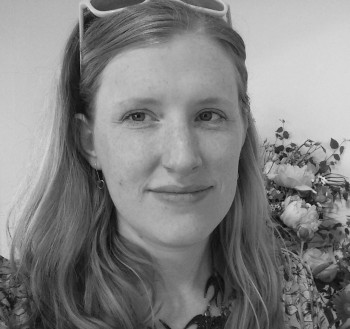 While we can’t review a BF team member’s work on the site I can assure you it’s one of the standout releases of the year and a remarkably assured debut book. Cleverly constructed, ever playful with the form’s language, and employing some sparkling dialogue and characteristion, it’s a graphic novel you will return to time and again. In fact, this joyous, witty, poignant and, most importantly, very human story is the book we all needed as a counterpoint to the challenges of 2020.
While we can’t review a BF team member’s work on the site I can assure you it’s one of the standout releases of the year and a remarkably assured debut book. Cleverly constructed, ever playful with the form’s language, and employing some sparkling dialogue and characteristion, it’s a graphic novel you will return to time and again. In fact, this joyous, witty, poignant and, most importantly, very human story is the book we all needed as a counterpoint to the challenges of 2020.
With Biscuits (assorted) now hitting shop shelves and available to buy from Myriad Editons here (and after a mammoth social media marathon of promotional events!) I spoke to Jenny Robins about the London small press scene, her favourite characters and working with Myriad…
ANDY OLIVER: Pre-Biscuits you’ve been involved in the UK small press comics scenes for a while. Where may readers have seen your work before?
JENNY ROBINS: I had a short comic in Solipsistic Pop #4 in 2012, but I didn’t really join the small press scene till the end of 2013, after meeting John Anderson at Comica Social Club I had a 4 page comic based on a found text collage story in the Soaring Penguin anthology Meanwhile… and then I had a similar collage based poetry comic in Over the Line, a poetry comics anthology by Chrissy Williams and Tom Humberstone.
Later on as I was developing the project that became Biscuits (Assorted), there were appearances of Biscuits characters and pages in Dirty Rotten Comics and our very own Broken Frontier Small Press Yearbook in 2018. In fact the Hana and Clara story that’s in there never made it to the book, it didn’t make sense after the rest of their stories came together. So if you’ve read that it’s probably best to think of it as a parallel universe story.
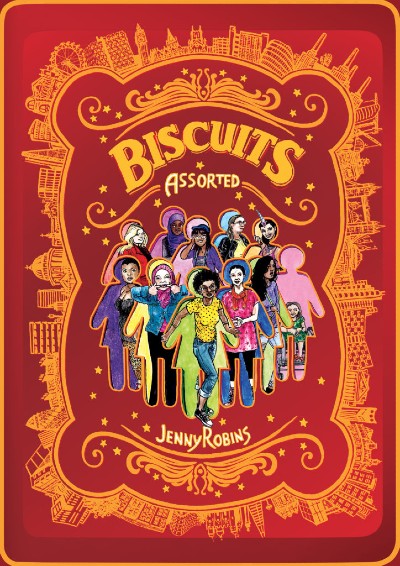
AO: For the uninitiated who may have missed your comics media blitz this week what’s the basic premise of Biscuits (assorted) and what are the themes it explores?
ROBINS: It’s been a bit intense hasn’t it? Sorry. There’s a video of me baking. It’s completely rediculous. I’ve been evolving the stories that are in Biscuits for a long time. It’s quite a joyful book, although it does contain sad and upsetting things. It’s an ensemble comic of short interweaving stories about female-identifying individuals who live in London. It started with a project where I drew a lot of characters inside cookie cutter shapes – a pretty basic metaphor for all us women being individuals and not necessarily what you might expect of us. In the illustrations each woman stood alone with a short caption that hinted at a deeper story. You can still see them all on instagram under the hashtag #3point52billion.
But as the stories got longer and turned into a graphic novel length project, they became very much more about the relationships that these characters had with each other, and with the key players in their lives. So it’s ultimately about courage and hope and love and friendship and how we support each other through tough times. It was very much written before the pandemic, so the tough times are more varied, but there do seem to be a surprising amount of themes in the book that reflect our current times.
AO: What was the origin of and inspiration for the book’s cookie cutter motif that runs through its pages? And who are some of the characters we meet in Biscuits?
ROBINS: The cookie cutters began with a poster design that I did for a zine bundle that I did for One Beat Zines. The poster is about how things like feminism and equality should not be treated like they are simple. More recently I’ve become attached to a great quote by Reni Eddo-Lodge on the same topic: “Demands for equality need to be as complicated as the inequalities they attempt to address.” But it became more about the people than the issues very quickly. I’m afraid I find people and stories more engaging than issues and politics – they’re just as complicated of course, but you can make friends with them in a more forgiving way.
The people with the biggest stories in Biscuits are Clara, Hana and Sarah (above). Clara is embarking on a very ill advised bi-sexual dating quest to address her love geometry. Hana is super friendly and positive, but rather lonely, and now has a brand new friend to share her home city and all of her ideas about it with. Sarah is taking the summer off to do a field-work data project with her young daughter Milly, but there’s something she’s not telling her. You can read more in depth teasers for these stories at the Inside Look I did for Broken Frontier last year!
There’s also Susan – the twitter poet, Maya – the over sharer, Jess – who has a mystery to solve, Almas – who has more than one cause to fight for, Keerthika – who just wants to take photos, and more besides.
AO: The playful narrative structure of Biscuits is one of its greatest delights. Why did you feel that a series of overlapping vignettes was the right approach for this story(stories)?
ROBINS: Thank you so much! I worked really hard at trying to make it make sense and balance well. I think it may have been the allure of the challenge! It also gave me the freedom to give the different characters different amounts of page time, without having to juggle a lot of one-off static stories into an order that made sense. The stories in Biscuits all happen chronologically (apart from one memorable flashback) over the course of one summer, so it was quite nice with the more minor characters that this helped to give a sense of their lives carrying on in the background.
AO: Of all your sprawling cast of characters in Biscuits (assorted) which ones did you find yourself feeling particular affection for as you progressed?
ROBINS: Maya always makes me smile. She’s so stubborn. Most of the characters have pretty hefty self-destructive streaks, which makes them frustrating and relatable through their vulnerability, I think. And that’s when it’s easiest to have affection for them. Although they’re very different, of course there’s a bit of me in all of them. Almas’ story about thinking Bagheera was a girl in the Jungle Book is true about me, and most of the jobs portrayed in the book are jobs that I’ve had. Write what you know, isn’t it?
AO: Given the diverse cast of players in Biscuits (assorted) how did you approach the responsibility of ensuring an authenticity to the voices you were bringing to life on the page?
ROBINS: Oof. Yeah. I read a lot. I looked at and listened to the world around me. I sought advice when I felt I needed it, and paid for it where appropriate. I probably have messed something up and will end up offending someone. But you can do that even if you only write about people that fit your exact identity profile, right? The scenes or throwaway lines that deal most directly with issues of identity are mostly things that I have seen or heard about first hand. The way that Samarah’s English teacher speaks to her for example, is something I saw happen in real life to a Somali student I knew. And yes of course when I drew her henna I tried my best to get the patterns accurate. But having her know about Pink Floyd, or watch horror films from between her fingers – that didn’t require any research. What I do believe is that we are all a combination of the expected and the unexpected. In London many people do grow up in or grow into a mix of different cultures and there’s a certain amount of common experience here. But no-one is 100% a stereotype, or 100% unstereotypical. As Hana puts it: “we are all simultaneously unique snowflakes and parts of the snowman.”
AO: There’s perhaps one additional character in Biscuits (assorted) that could easily go unmentioned. Given that there’s an almost psychogeographical element to the book can you tell us about some of the London locales you’ve depicted that serve as its backdrop?
ROBINS: I got into the habit of just photographing everything and everyone I saw in London that looked vaguely interesting. So I have these vast, not particularly organised folders of photographs. Most of the mashup pages are consciously a mix of different parts of the city, which means that you’re never quite sure which part of the city they are in. All of the bus routes are 100% accurate at time of writing though. Some of the playgrounds, the South Bank of course, and the giant horse’s head sculpture by Nic Fiddian-Green needed to be specific, so I made them as close as I could to reality. These public spaces are such an important part of the city. There’s also the calendar events that Keerthika in particular attends which I loved including to give a feel for the passage of the Summer. She’s the perfect character to see them with because she’s quite young and innocent, but also a photographer, so she really looks at what’s around her. And these become more about the people and less about the setting as the book goes on.
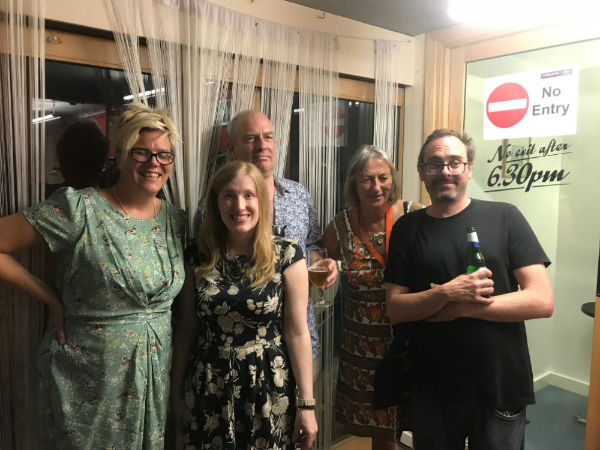
2018 Myriad First Graphic Novel Competition winner Jenny Robins (second left) and, left to right. judges Kate Evans, Martin Rowson, Corinne Pearlman and 2012 winner Gareth Brookes
AO: Going back to that Myriad First Graphic Novel Competition win can you remember how it felt the moment your name was announced? And how would you describe the importance of the competition in terms of its role in elevating new talent?
ROBINS: Haha! I think I remember a certain inarticulate scream? It was an absolute life-changing moment and so validating. You go through life not really knowing if you’re any good at making stuff. I mean, not to be a dick about it, I know I’m good at drawing and making silly jokes. But at crafting something that people want to read? You can’t trust your friend’s opinions on that cos they’re your friends. So to have a panel of super impressive judges choose your work. Yeah, validating. Winning forced me to take the project seriously and woke me up to some scary opportunities to be creatively brave, something I’d not done enough of for a while before.
I also talk a lot about the inestimable difference that competitions like Myriad’s make by simply offering deadlines up to creatives. When you’re pottering along with your day job that pays the rent and your commissions and safe little personal projects that you can fit in around the edges, it’s hard to get down to that big ambitious project you’ve always wanted to do. But with a deadline for the first 30 pages, well, that’s motivational. Because the reality is most of us aren’t going to quit our day jobs any time soon, and we’re going to be tired all the time. So deadlines. They’re the way forward.
AO: You’ve worked with highly respected editor Corinne Pearlman at Myriad on Biscuits. What was that like in comparison to working on your self-published projects? In what ways did the book evolve with that additional input and discussion?
ROBINS: This is by far the biggest project I’ve ever done, so it was in some ways all new. Corinne was brilliant at picking up on the things that weren’t going to work and helping me decide on questions of structure. It was her idea to divide the book into three months. She mostly let me get on with it, but the changes she suggested were spot on. We shuffled some scenes around here and there. Too many of my characters started out with more creatively inclined stories or jobs and Corinne encouraged me to change that. It’s all very well writing what you know with the standard tortured artist and troubled writer protagonist, but when they point of your book is that the characters are different types of people, you can’t very well have them all being creatives. In the final stages there were a lot of grammar adjustments. Apparently, I’ve been using commas wrong this whole time. And I wasn’t even using hyphens at all. Hyphens suck, what’s wrong with being two words?
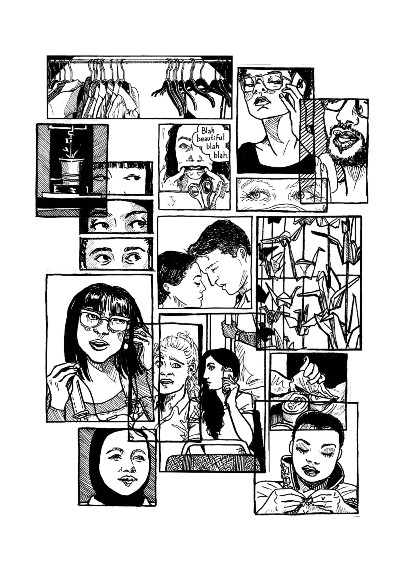 AO: Can you talk about your artistic process? What mediums do you work in?
AO: Can you talk about your artistic process? What mediums do you work in?
ROBINS: Mostly pigment liner. The pages set at night do have some gradients added in Photoshop, and I did use Photoshop to add some of the more intense hatching in, especially towards the end. I drew all the bricks though. So very many bricks. Cough cough subtle plug many of the original pages are available for sale cough cough. No I don’t have Corona. I don’t do a lot of detailed page planning because I like to use stills from video for the character poses, and I don’t know what I’m gong to find that fits the mood I’m going for before I’ve looked. I scripted most of the story in the first summer holidays after I won the prize, but some parts were open until relatively late in the process. For a long time I didn’t know whether I wanted to include a scene for Helena’s wedding or not, for example. None of the work was done chronologically except for the first 30-odd pages, which now look really different to me because I hand-lettered them originally with the speech bubbles within the drawing. Which I soon learned was a stupid idea.
AO: It’s always a strange question to be asking a creator when a new book is just hitting the shelves but, finally, do you have any thoughts on your next comics project?
ROBINS: Sleep! Oh wait, comics project? I have a lot of thoughts. And lists, and doodles and notes in my phone. I don’t know. I would love to do a Biscuits sequel, but I’m not ready to dive back into the Graphic Novel lifestyle yet, I need a break. So there might be some exciting small and medium-sized projects in the short term. I’m about to apply for some money from the British Council for something which I haven’t told anyone about yet, so if they say yes, there will be something exciting happening next year with that. I also have an idea for a project which I’d like to write and have a different artist draw each chapter, but that’s still in very early stages. Between now and Christmas though, probably mostly sleep and nice relaxing portrait commissions. Oh and I should catch up on my writing for Broken Frontier I guess!
Buy Biscuits (assorted) here
For more on the work of Jenny Robins visit her site here and online store here. You can follow her on Twitter here and Instagram here.
Interview by Andy Oliver





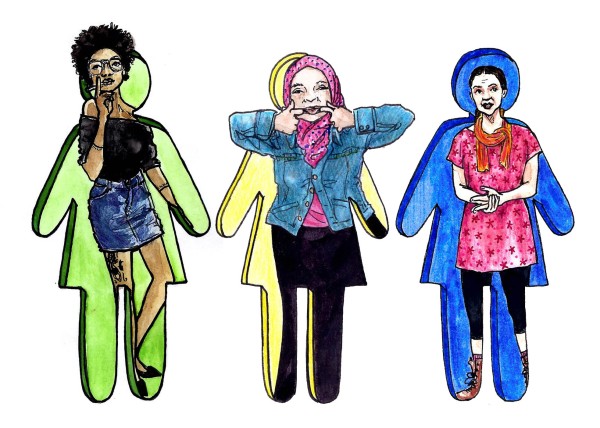
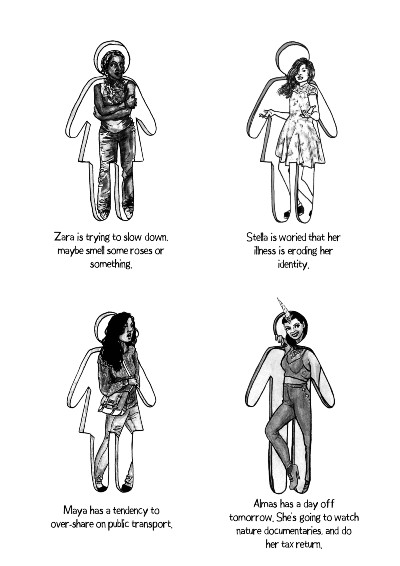
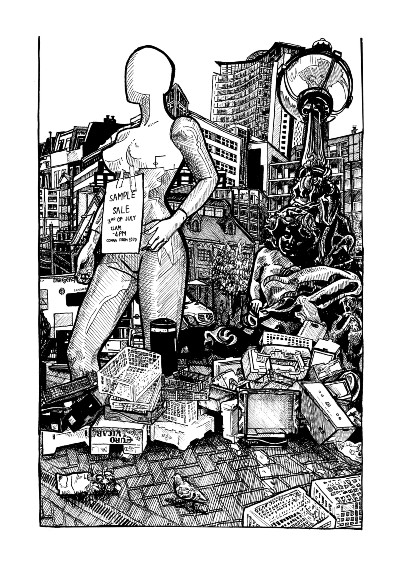
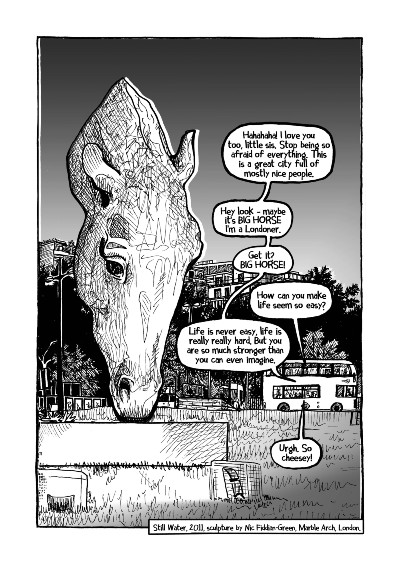
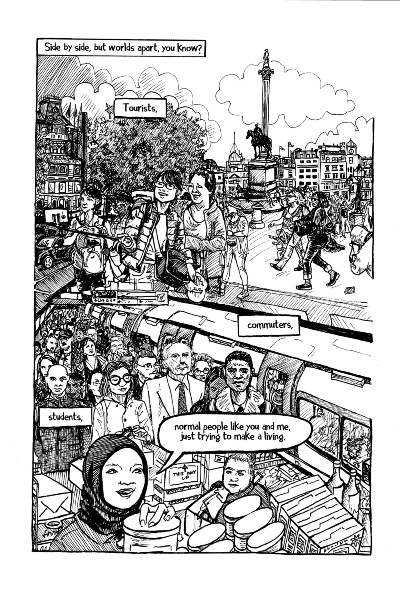
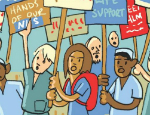
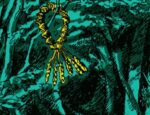
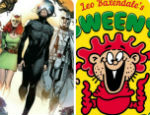






[…] Oliver interviews Jenny Robins about new book Biscuits (assorted), her background in UK small press comics, and winning the […]